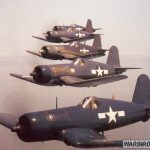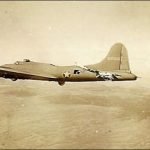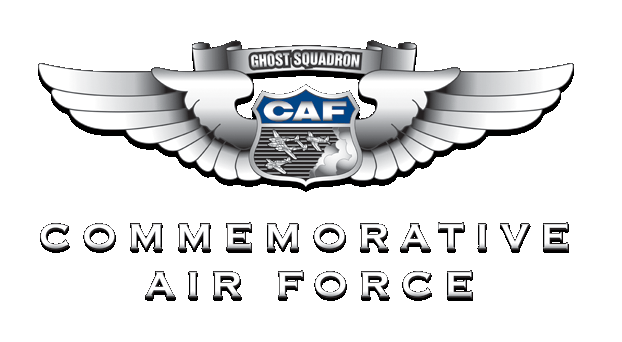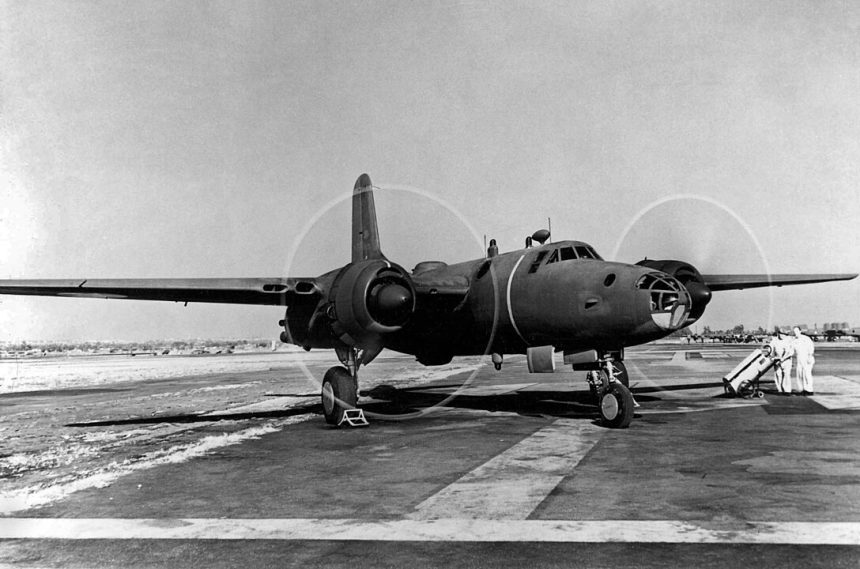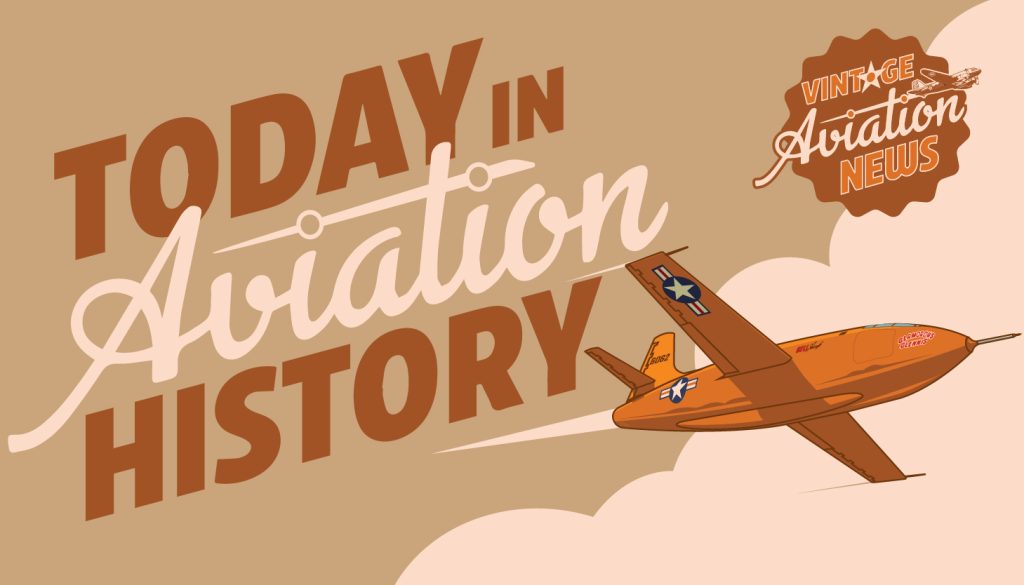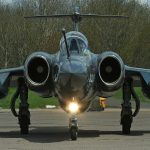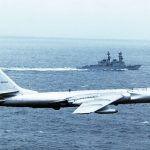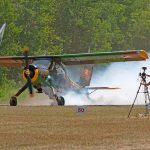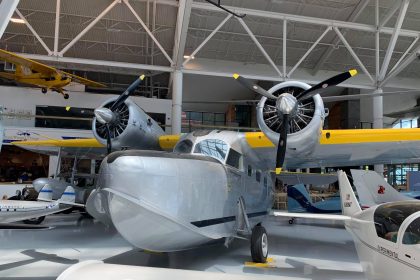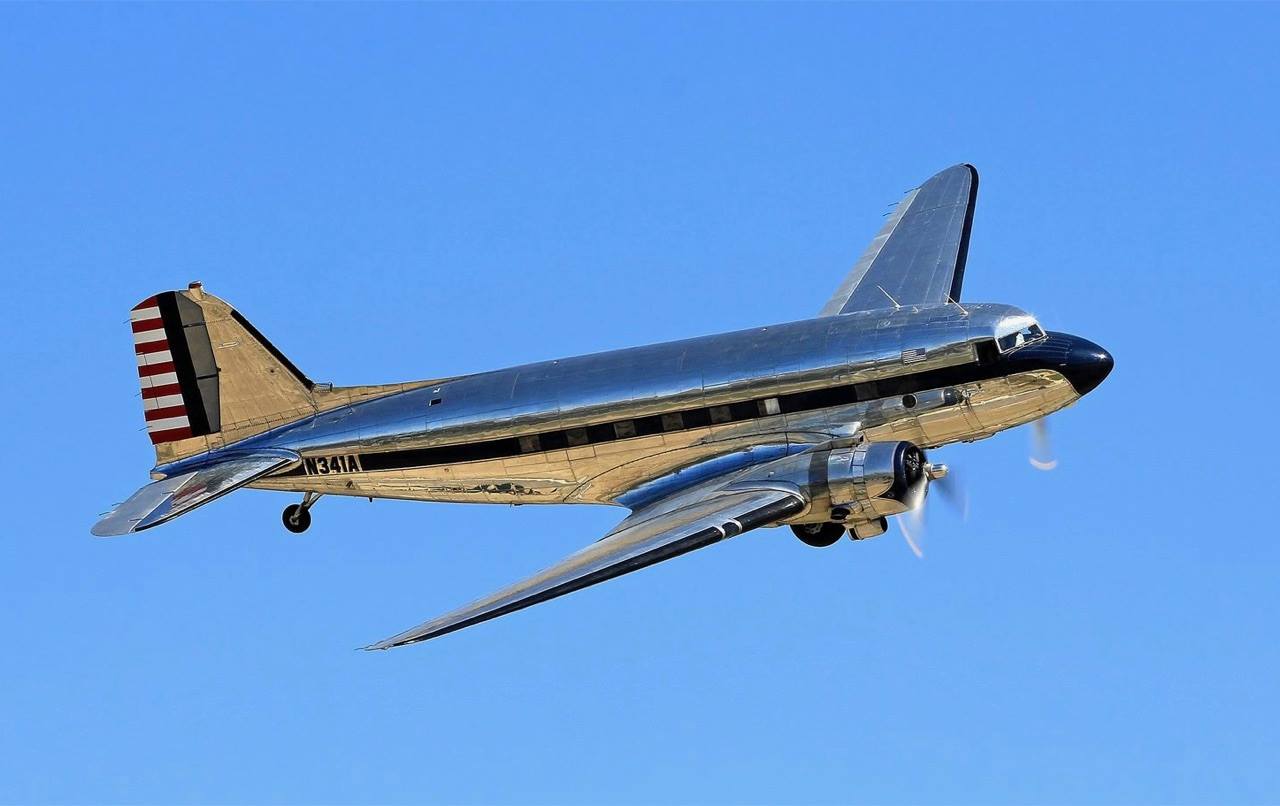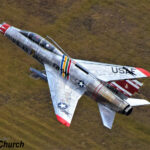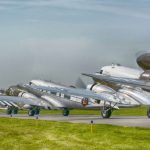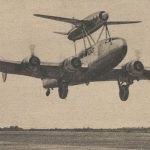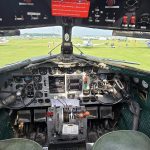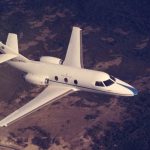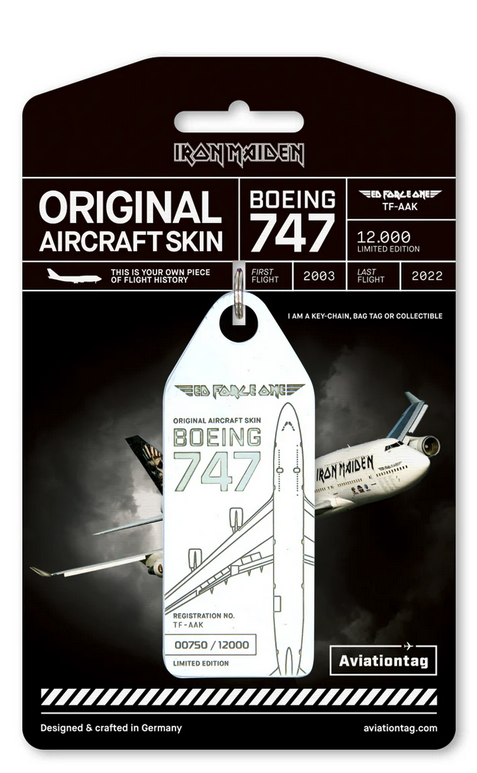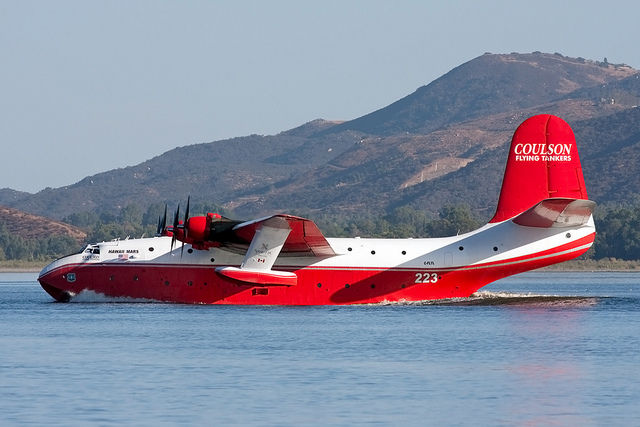On this date in aviation history—April 26, 1942—we mark the 83rd anniversary of the first flight of the North American XB-28 Dragon. Conceived as a high-altitude medium bomber for the United States Army Air Corps during World War II, the XB-28 was the result of a 1940 USAAC request for a next-generation bomber capable of operating above enemy defenses. North American Aviation, having already found success with its iconic B-25 Mitchell, stepped up to meet the challenge.
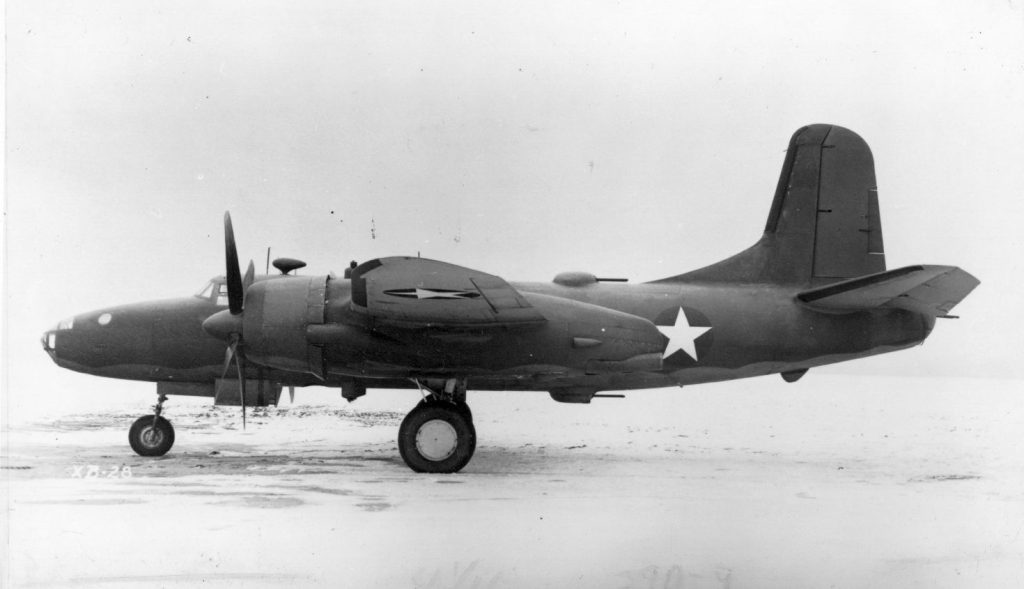
Although initially based on the B-25 platform, the XB-28 quickly evolved into a distinct design. While it retained a similar basic configuration, its sleeker airframe, single vertical stabilizer, and more streamlined profile set it apart. In fact, its appearance is often mistaken for that of the Martin B-26 Marauder. However, the XB-28’s unique blend of form and function stood on its own. In this fascinating video, see how the XB-28 (NA-63), the experimental high-altitude bomber, was developed during World War II. First flown in 1942 and featuring a pressurized cabin — a cutting-edge innovation at the time — only two prototypes were built before the project was ultimately shelved.
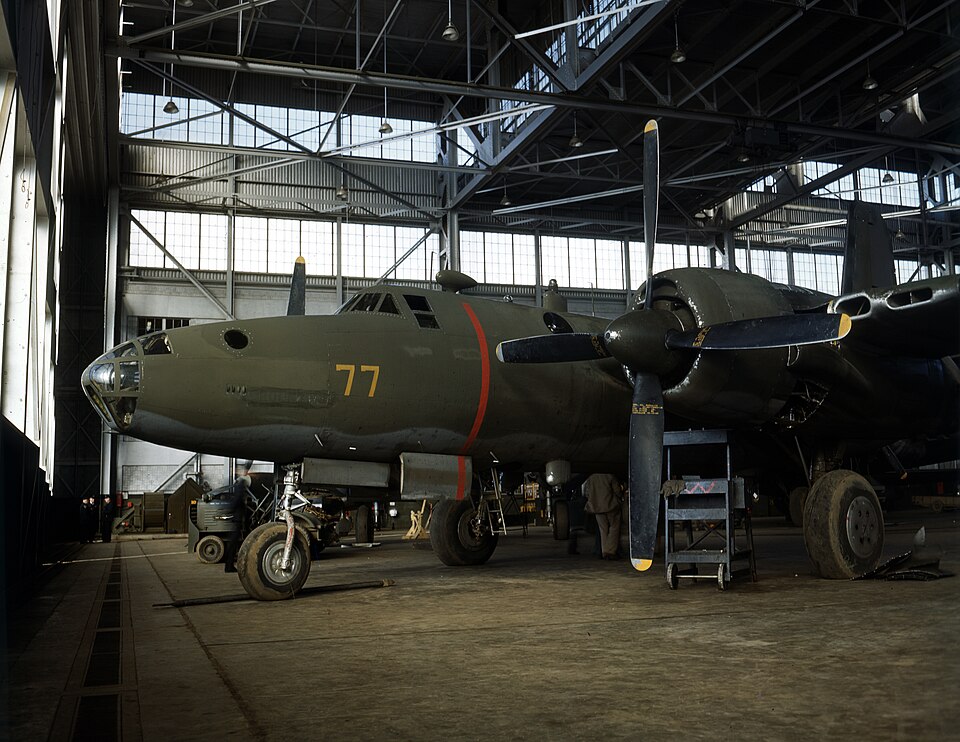
A key innovation in the XB-28 was its pressurized cabin—a rarity for medium bombers of the era—enabling crews to operate at higher altitudes more comfortably. Power came from two Pratt & Whitney R-2800-27 radial engines, each producing 2,000 horsepower. This gave the Dragon a top speed of 372 mph, a range of 2,040 miles, and a service ceiling of 34,800 feet. In terms of armament, the XB-28 was well-equipped, featuring six remotely-sighted .50 caliber M2 Browning machine guns and the capacity to carry between 2,000 and 4,000 pounds of bombs. It was built for survivability and striking power.
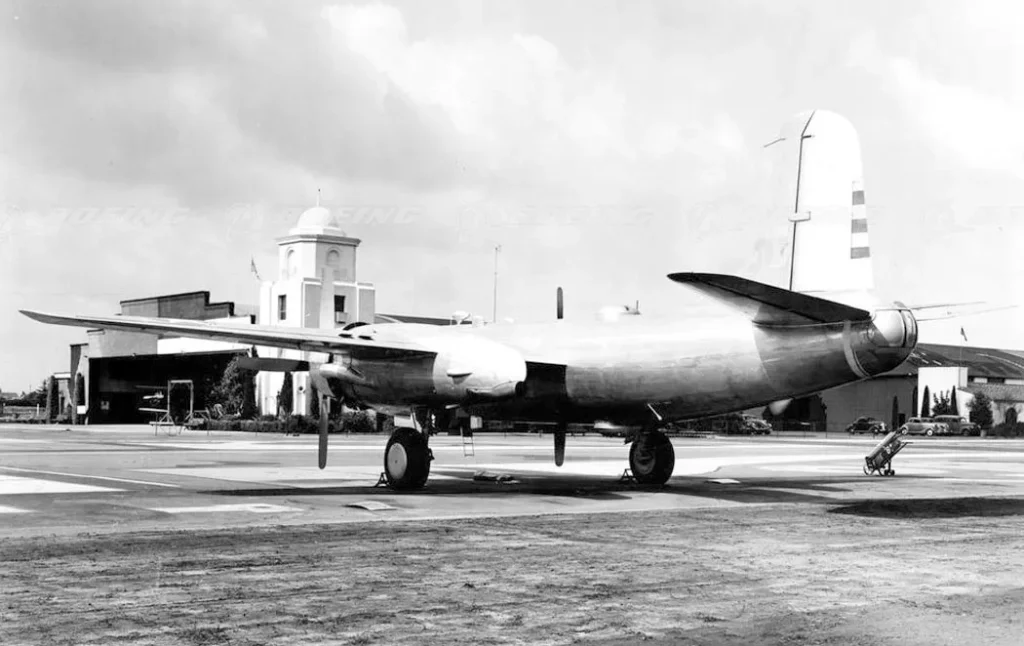
Only two prototypes of the XB-28 were constructed, and while the aircraft exceeded expectations in many performance categories—especially when compared to the B-25—it was ultimately never placed into production. One major factor was the tactical reality of the Pacific Theater, where high-altitude bombing proved ineffective due to persistent cloud cover and unpredictable winds. A potential reconnaissance variant was explored, but this role was never fully pursued.

Though the XB-28 never saw combat, it remains a fascinating “what-if” of World War II aviation. Its advanced features, streamlined design, and promising performance left many wondering what impact it might have had if it had entered service. Today, the Dragon lives on in aviation history as a symbol of innovation that came just a little too late.




